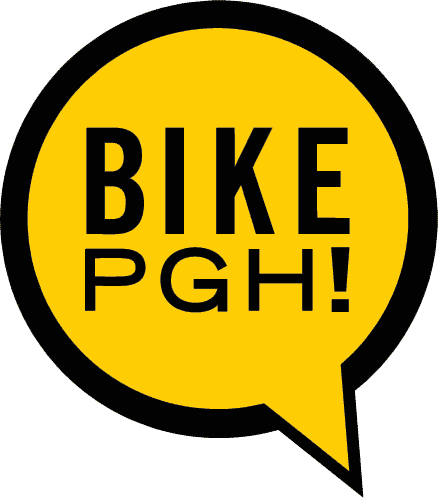I tend to use my instincts or knowledge of how an intersection works/behaves.
I also think that the Pennsylvania Bicycle Driver's Manual sums it up pretty nicely (I know it's been posted a million times):
WAYS TO DEAL WITH TOUGH SITUATIONS
Let's face it -- some traffic situations go beyond the normal rules. When the traffic system begins to break down because of overcrowding, poor planning and disrespect for the law, you may have to "bushwhack" your way through the mess.
You can emerge safe and maintain the respect of other road users if you're careful. Here are some of the common situations where you have to take the initiative.
WHEN TRAFFIC LIGHTS DON'T TURN
Always stop and wait for red lights. You not only ensure your safety, but also increase respect for cyclists as law-abiding road users.
But some traffic lights don't turn green until they receive a signal from a metal detector buried in the pavement. A bicycle doesn't have enough metal to make many of them work.
Recognize the detector by a square or octagonal pattern of thin lines in the pavement, where slots were cut for the detecting wires. The detector is most sensitive if you ride along one of the wires.
If your bike doesn't trip the detector, you have to wait for a car to do it, or else you have to go through the red light. Going through the red isn't against the law, because the light is defective.
Detectors are made that work for bicycles, at little or no additional cost. Federal design guidelines exist for these detectors. If you put enough pressure on your local and state government, bicyclists can avoid the crashes and the city can avoid the lawsuits which may follow.
GETTING THROUGH TRAFFIC JAMS
Traffic jams don't have to stop you -- that's one of the biggest advantages of bicycling in the city. But in the tight quarters of a tie-up, take extra care. Stopped cars in a traffic jam present the same hazards as parked cars: blindspots, doors and unpredictable starts and turns.
If there is an open passing lane, use it rather than thread between cars. If the street is completely plugged, pick your way forward slowly and with your hands on the brake levers. Remember, any car door could open!
If you're in a traffic jam, you can be fairly sure that the cars will not move, since they have nowhere to go. But if there's an open driveway or parking space into which a car could turn, you have to assume that it will. Look to see whether the car's front wheels are turned. Move away from the side of the car as you pass, and try to get the driver's attention as you approach the front of the car.
When cars are stopped, but not completely bumper to bumper, be very wary of cars from other lanes cutting across in the gaps. Stop and look before you move out into a gap. Be especially careful if the vehicle you're passing, like many vans, doesn't have a hood you can see over.
Don't pass a long truck or bus in a traffic jam unless there's a full, open lane next to it. If you ride close to the side of such a vehicle it may begin to merge toward you, leaving you no way to escape.
As you approach an intersection, change lanes to the same position as you would in normal traffic. Before you cross in front of a car to change lanes, make eye contact with the driver even if the car is stopped. When you reach an intersection, wait behind the first car at the traffic light. Don't move up next to that car; drivers don't always use their turn signals, so you don't know for sure which way the car will turn when the light turns green.
These traffic-jam tactics are reasonably safe, but in some cities it may not be legal for a bicyclist to pass on the right or ride between lanes of traffic. On the other hand, it's usually legal for you, or any driver, to cautiously disobey normal traffic rules when the road is "obstructed."

